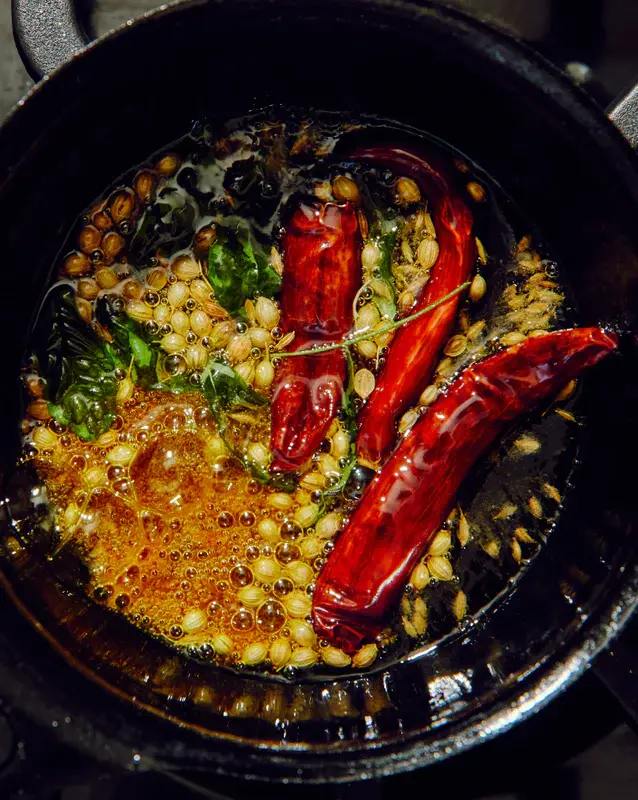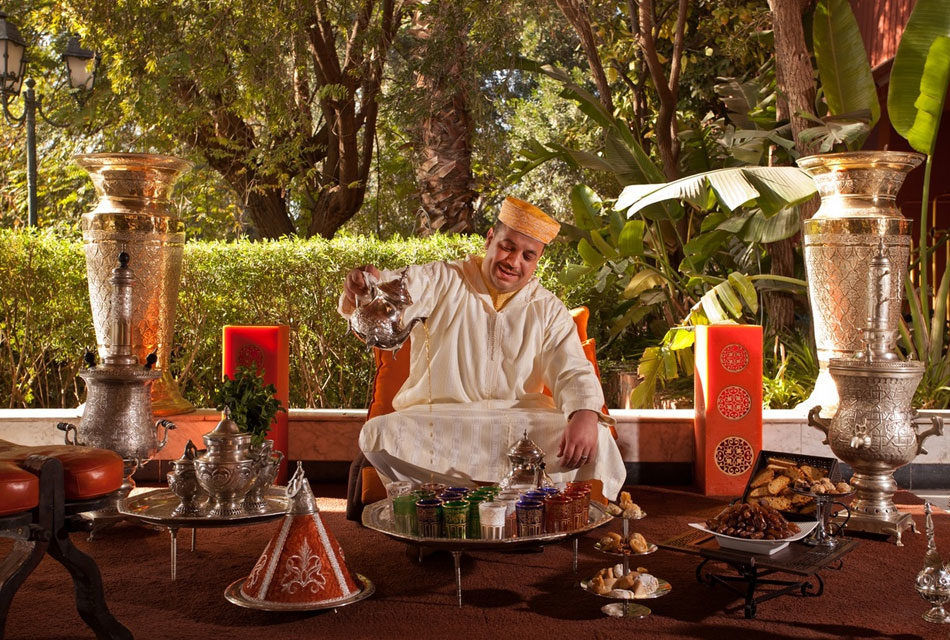The history and culture of Moroccan cuisine
- tasteafroindia
- Dec 12, 2023
- 1 min read
Updated: Dec 22, 2023
Couscous
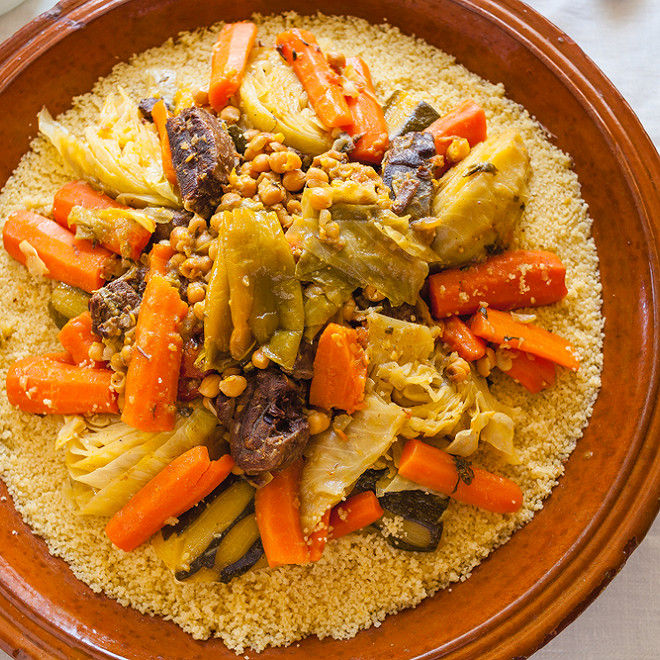
The story of "couscous" can be traced back to the Berber people of North Africa, who have been making it for centuries. The dish is believed to have begun within the Atlas Mountains, where it was traditionally used to store and transport food.
Mint Tea, Atay b naanaa
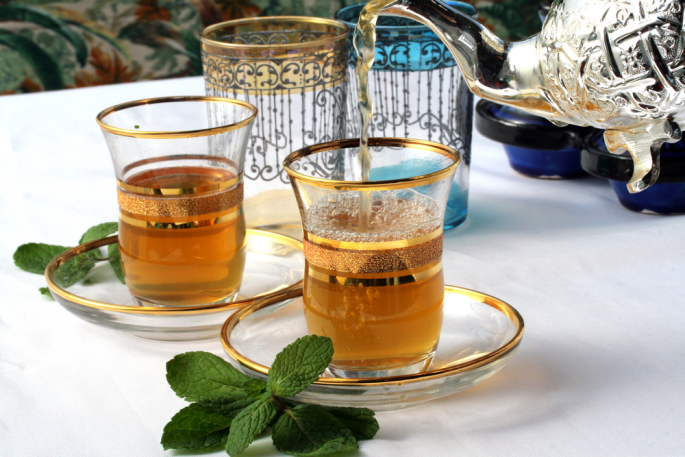
Mint tea, or "Atay naanaa," is an indispensably part of Moroccan hospitality. The preparation and serving of mint tea are rituals that symbolize hospitality, friendship, and respect. It is regularly offered to guests upon arrival and during social get-togethers. The act of pouring the tea from a height into little glasses is not just for practical reasons but also a sign of generosity and skill. Mint tea embodies the significance of connection and the art of slowing down to appreciate meaningful conversations.
Mechoui
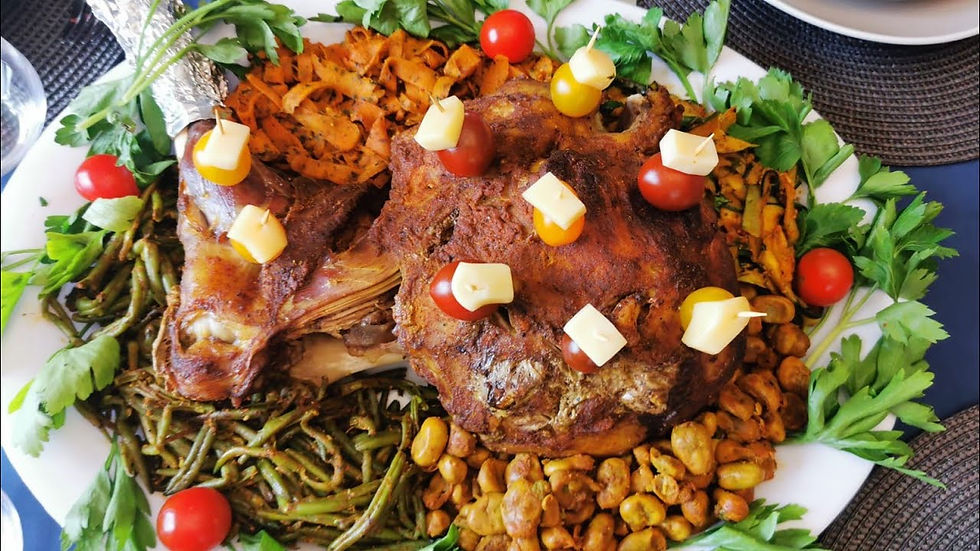
Mechoui is a traditional method of slow-roasting whole lamb or sheep, regularly used in celebratory occasions and special events. The preparation involves flavoring the meat with a mix of spices and after that slow-cooking it over an open flame or in a pit dug in the ground. Mechoui reflects the Berber tradition of communal feasting and is regularly related with large gatherings of family and friends. The slow-roasting process results in tender and flavorful meat, making it a centerpiece of festive meals in Moroccan culture.
Amlou

The precise roots of amlou are in the mountainous regions of Morocco, where argan trees prosper. The Berber people, who have occupied these regions for centuries, have long cherished argan oil for its culinary and medicinal properties.
Amlou embodies the essence of Moroccan cuisine, exhibiting the harmony between local ingredients and traditional culinary practices. It may be a culinary emblem of Moroccan hospitality and generosity. It is regularly prepared in large amounts and shared among family and friends, symbolizing the warmth and welcoming spirit that are indispensably to Moroccan culture.

